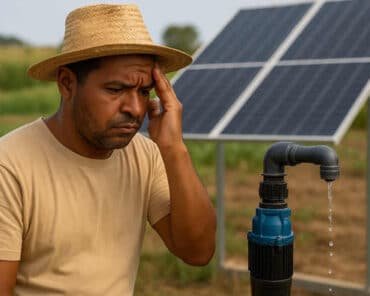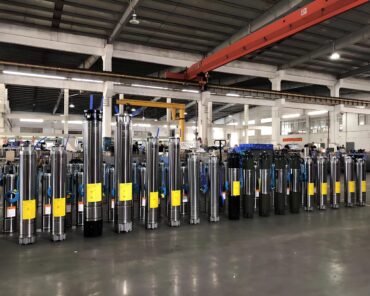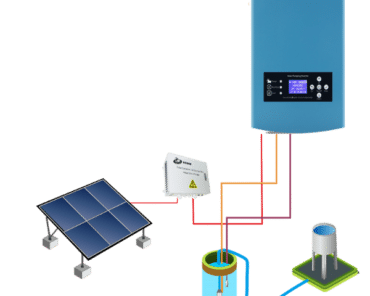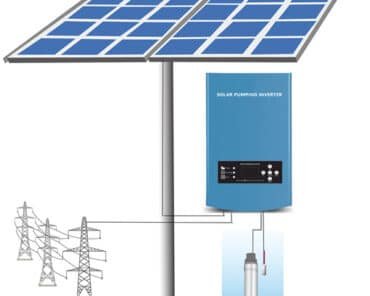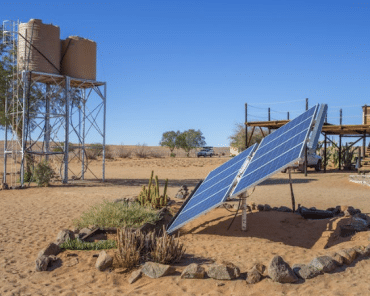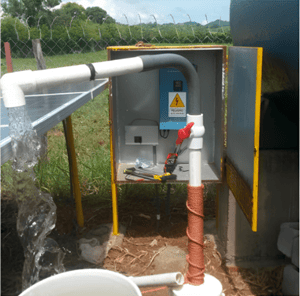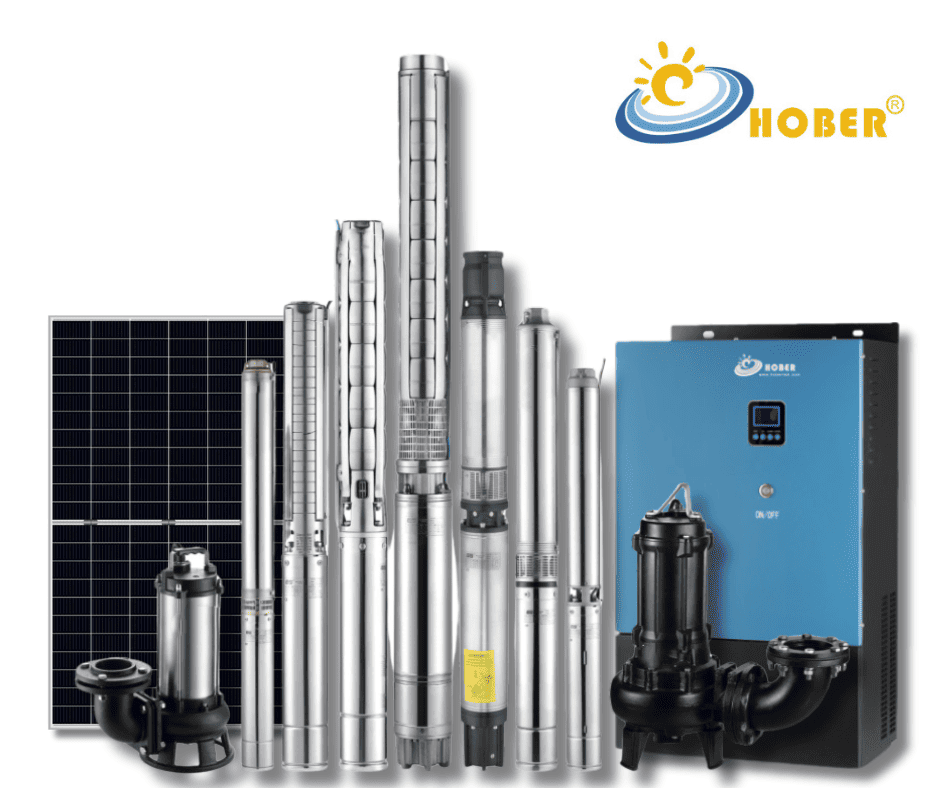Muitos compradores incluem apenas a bomba e o inversor no orçamento, negligenciando custos extras cruciais. Isso pode levar a instalações atrasadas ou cobranças inesperadas. Vamos revelar esses custos ocultos e ajudá-lo a evitar surpresas desagradáveis.
Os custos ocultos de um sistema de bomba de água solar incluem painéis solares, cabos à prova d'água, estruturas de montagem, caixas combinadoras fotovoltaicas, protetores contra surtos de tensão, reatores de longa distância e materiais de instalação. Além disso, você pode pagar por tubulações de água, válvulas, filtros e sensores de nível de água. Fatores ambientais como altitudes elevadas ou calor extremo também podem aumentar os custos devido à necessidade de redução de potência ou ventiladores de resfriamento.
Além da configuração básica, cada um desses componentes ocultos desempenha um papel vital no desempenho e na segurança a longo prazo. Vamos explorá-los um por um.
Por que minha conta de água ainda é alta com uma bomba solar?
Em teoria, bombas de água solares eliminam os custos de energia. Mas se o seu sistema for dimensionado ou instalado incorretamente, você ainda poderá enfrentar contas de serviços públicos altas. Uma incompatibilidade entre a capacidade do painel solar e a demanda da bomba pode causar déficits, forçando o uso de energia da rede. Perdas de cabos de longa distância e ineficiências do controlador também adicionam custos ocultos de energia. O monitoramento remoto também pode exigir uma assinatura de dados.
Qual é a vida útil de uma bomba de água solar?
Uma bomba solar típica dura de 10 a 20 anos, dependendo do uso e da qualidade. A operação contínua 24 horas por dia, 7 dias por semana, reduz a vida útil, especialmente sem filtragem adequada ou proteção de tensão. Investir em protetores contra surtos, reatores para cabos longos e sensores de nível de água ajuda a proteger o motor e os componentes eletrônicos, prolongando a vida útil do sistema e evitando custos de substituição antecipada.
Quais são os custos ocultos em sistemas de bombas solares?
Muitas cotações abrangem apenas a bomba e o inversor/controlador. No entanto, componentes críticos do sistema geralmente são excluídos:
- Painéis solares: Geralmente com preços diferenciados. Para um funcionamento adequado, a potência do painel deve ser 1,5x a potência nominal da bomba.
- Cabos e Conectores: Cabos de bomba à prova d'água ($1,40–$34,50/m), cabos fotovoltaicos ($0,58–$14,65/m) e conectores MC4 são essenciais, mas nem sempre estão incluídos.
- Proteção Elétrica: Caixas combinadoras fotovoltaicas ($168–$681), disjuntores CC e protetores contra surtos são necessários para garantir segurança e durabilidade.
- Montagem e Fundação: Racks de painel, bases de bombas antivibração e fundações de concreto aumentam o custo, especialmente para sistemas ≥5,5 kW.
- Reator ou Filtro: Para extensões de cabos acima de 100 m, filtros ($130–$150) ou reatores ($55–$75) são altamente recomendados para evitar reflexões de tensão e danos ao motor.
- Tubulações e conexões de água: Tubos de PE/PVC, flanges, cotovelos, válvulas de retenção e filtros de tela/disco garantem a integridade do sistema e a eficiência da irrigação.
- Sensores de nível de água: Usado para proteção contra funcionamento a seco e transbordamento; cabos blindados são necessários para percursos acima de 100 m.
Quais são as desvantagens do bombeamento solar de água?
Embora as bombas solares sejam energeticamente eficientes, existem algumas limitações:
- Alto custo inicial:O investimento inicial é significativo, especialmente ao adicionar todos os componentes ocultos.
- Dependência da luz solar: A potência do sistema varia de acordo com a estação e o clima. Em condições nubladas ou à noite, a potência cai a zero sem bateria de reserva.
- Complexidade da instalação: Longos percursos de cabos, poços de alta elevação ou fundações arenosas exigem trabalho de engenharia e materiais extras.
Quanto custa operar uma bomba de água solar por hora?
O custo operacional é essencialmente zero se O sistema foi projetado corretamente. Mas se você usar energia de reserva ou se a bomba consumir mais corrente devido a fiação inadequada ou perda por atrito nas tubulações, os custos operacionais aumentam. Cada quilowatt de desempenho abaixo do esperado pode reduzir significativamente o ROI. Sempre leve em consideração eficiência total do sistema ao estimar o custo operacional.
O que está incluído em um kit de bomba de poço solar com bateria reserva?
Muitos kits não incluem baterias por padrão. Um kit completo pode incluir:
- Bombear
- Controlador/inversor
- Painéis solares
- Estrutura de montagem
- Cabos
- Sensores
- Caixa combinadora
- Bateria + controlador de carga MPPT (se backup incluído)
Adicionar baterias melhora a confiabilidade, mas aumenta o custo em 30–50%. É ideal para áreas com luz solar instável ou necessidades de água noturnas.
Os custos mensais ainda se aplicam aos sistemas de abastecimento de água de poço?
Sim, enquanto a luz do sol for gratuita, manutenção não é. Filtros precisam ser limpos ou substituídos. Tubos e conexões se desgastam com o tempo. O isolamento dos cabos pode se degradar, especialmente em ambientes quentes ou úmidos. Se o seu sistema de monitoramento usa 4G/Wi-Fi, você também pode pagar uma pequena taxa mensal pela conectividade.
Resumo
Escolher um sistema de bomba solar significa mais do que apenas comprar uma bomba. Ao compreender e orçar os custos ocultos, você garante uma instalação tranquila e economias a longo prazo. Entre em contato conosco agora mesmo para obter um orçamento completo do sistema, adaptado às necessidades do seu projeto.

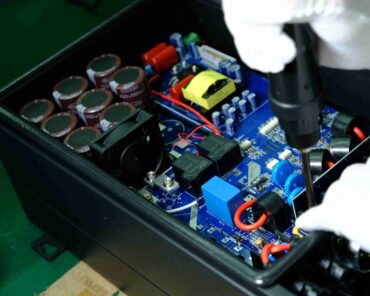
](https://hobertek.com/wp-content/uploads/2025/03/solar-pump-inverter-for-irrigation-efficient-water-pumping-solution-370x296.png)
